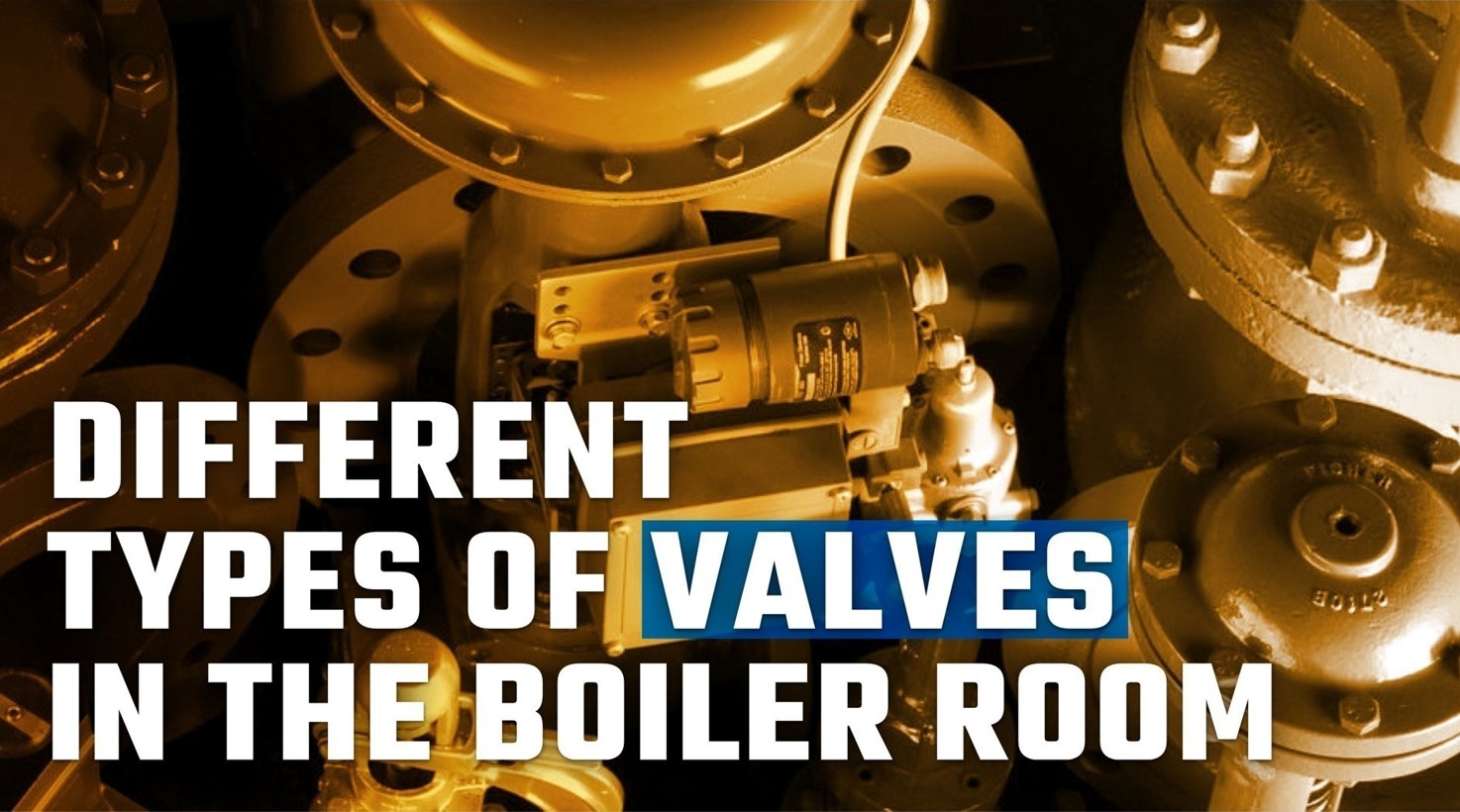There’s a lot of movement going on inside every boiler system. Water’s hustling through the circuit, changing phases, absorbing heat, radiating heat, doing what it does. But in order for it to complete its assigned duties, it has to be told where to go, and when. It’s either going to flow freely or be isolated from the circuit. That’s where valves come in. Depending on your application and the type of boiler you’re using, you’re likely to encounter several different types of valve systems. Here’s how they all work.
Ball Valves
Typically used for isolation, Ball Valves are considered “quick turn” valves because they go from full-on to full-stop with a quarter-turn of a lever. Inside, you’ll see a… wait for it… metal ball mounted in a spherical housing. The ball has a cylindrical hole cut all the way through along its horizontal axis. When the external handle of the valve is turned, the metal ball rotates 90 degrees in its housing to either expose or cover the cylindrical cutout. This allows the water or steam to pass through, or stop completely.
Ball Valves can be used for flow modulation, but are best suited to applications that require either all-the-way-on or all-the-way-off. If you’re installing a Ball Valve in a boiler system, make sure it’s rated for the proper water phase, temperature, pressure, and tolerances.
Gate Valves
Typically used for isolation, Gate Valves are considered “slow open” valves because they require multiple complete turns of the handle to go from 100% to 0% flow. They look very much like the water spigot on the side of your house, because that’s probably a Gate Valve, too. Inside every Gate Valve, you’ll find a gate (surprise!) that moves up and down as the handle is turned to permit, restrict, or stop the flow. It’s like a window in your house; the more you open it, the more air can flow through.
Because they allow precise modulation, Gate Valves can be used for flow regulation, though they are ideally suited for isolation.
Globe Valves
Typically used for flow regulation, Globe Valves look a lot like Gate Valves, but there are some important differences. Instead of a gate that raises and lowers, Globe Valves have a metal disk inside that is pressed down into a matching seat as the handle is turned. The harder the disk is pressed into the seat, the less water or steam can flow through. Because of their precision flow control capabilities, many Globe Valves actually feature graduations on the side that correspond to specific flow rates. Always be sure, though, that you’re using a properly-rated valve for the application.
Check ValvesAlso ideal for flow regulation, Check Valves are designed to let water or steam flow in only one direction. They do this by using a spring-loaded, free-floating, or gravity-actuated seal that presses into – or lifts off of – a corresponding seat. As long as the water or steam is flowing in the correct direction, the valve remains open. Once flow starts to reverse, however, the valve is pressed closed so nothing can pass through. Check Valves don’t feature an external handle, because they use the flow of water or steam as their actuator.
When installing a check valve, always make sure that it’s not only properly rated for the application, but also installed in the correct orientation for the flow direction.
If your boiler needs valve maintenance or replacement, WARE has the expertise to service nearly anything out there. Take a look at the valves we currently offer and let us know how we can help.
